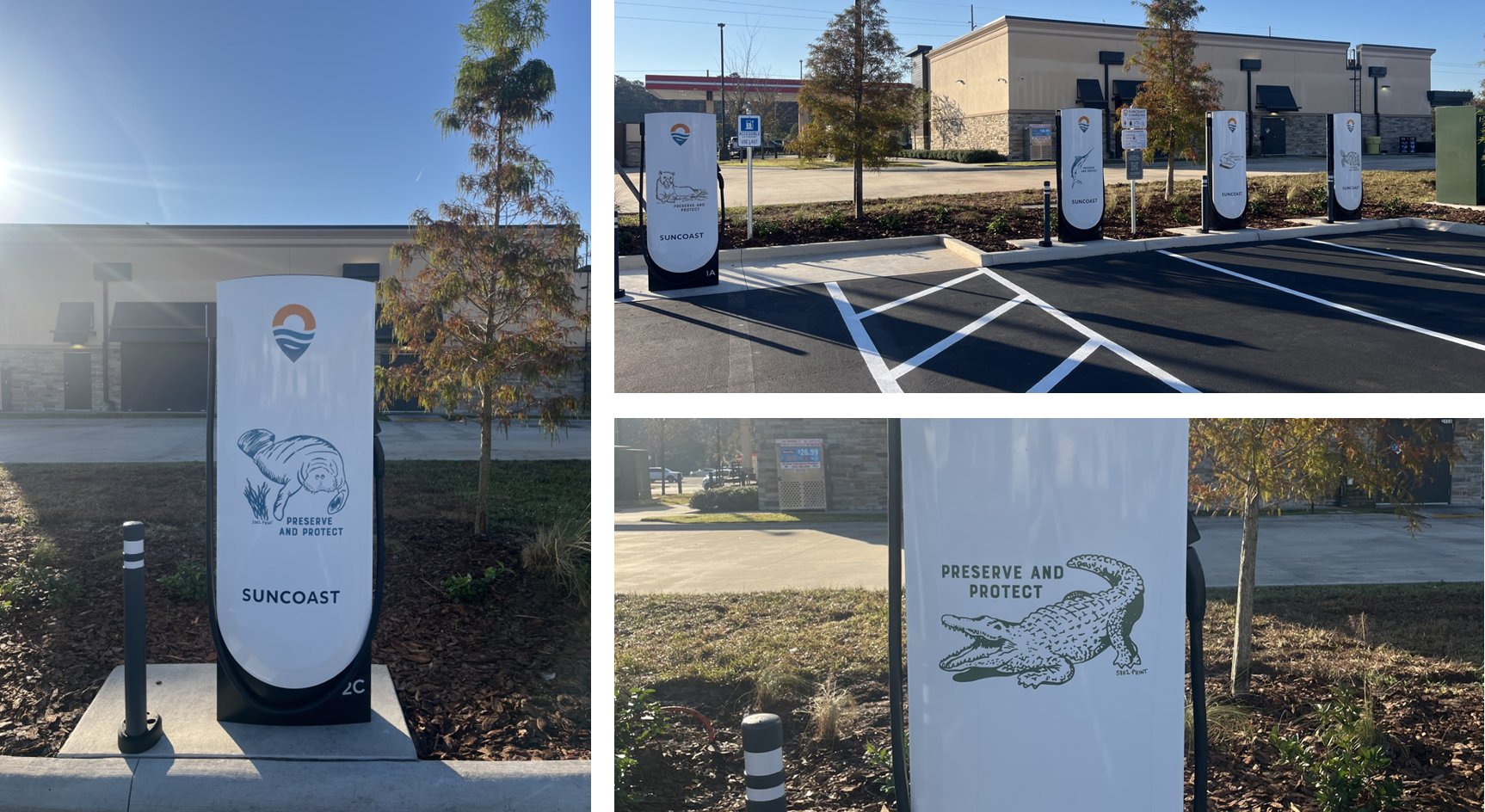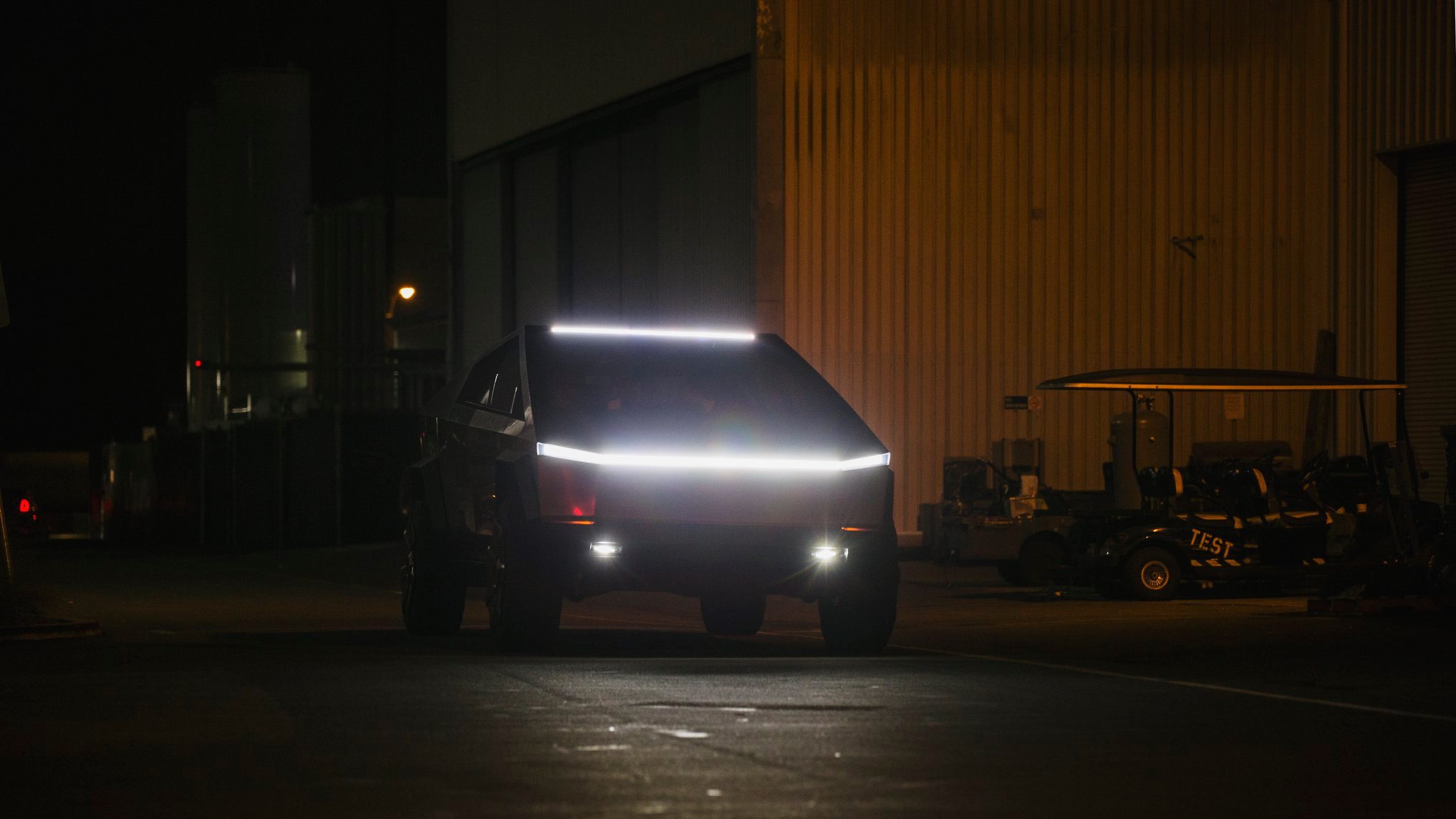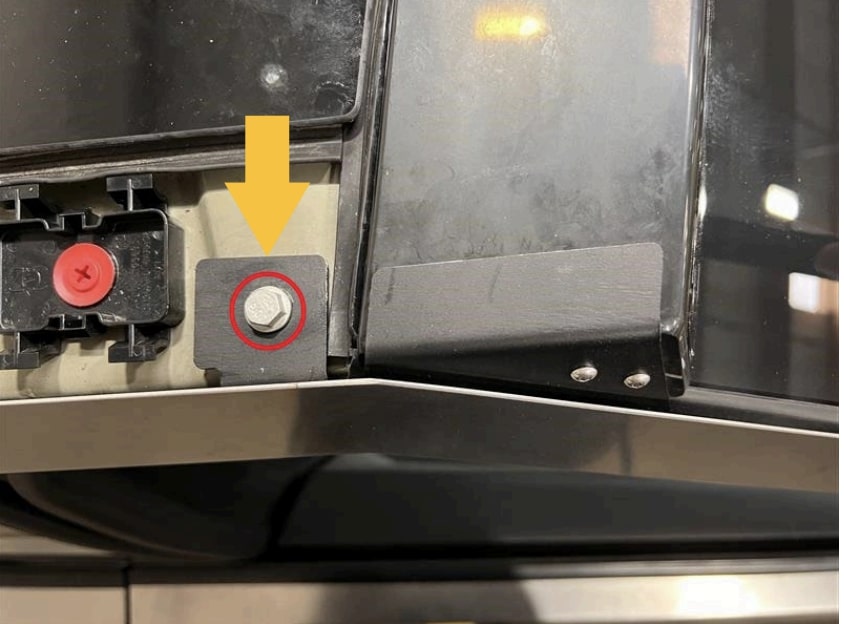Ford Motor Company’s 2020 Sustainability report outlines the legacy automaker’s plans to become carbon neutral by 2050. In an attempt to solidify itself as an environmentally-friendly car maker with a goal that would decrease its contribution to global climate issues, Ford chose a conservative route instead of a challenging one that would assist the transportation sector’s strong push toward sustainability.
Tesla’s road to environmentally-friendly transportation started well before Elon Musk’s 2006 draft that is known as the “Master Plan.” Musk knew that CO2 emissions were threatening lift on Earth and that a change needed to be made. Fourteen years later, Tesla sets on top of the automotive world as the leader in electromobility, and arguably could be recognized as the company that made legacy automakers rethink a business model centered around gas-powered machines that are harming the Earth and its atmosphere.
A company with a short, but rich history like Tesla realized the issue was here before the first Roadster even rolled off of the production lines. However, Ford, a company that recently celebrated its 117th birthday, does not seem to recognize the issues at hand, pushing a date for its sustainability goals that sits 30 years down the road.
https://twitter.com/Ford/status/1275820983299870722
In 2018, Ford sold the most vehicles on Earth with 2.38 million units, according to EVadoption.com. However, the company can only attribute .39% of its total sales to its electric cars, which at the time only accounted for the Ford Focus EV. Although the company is planning to introduce its Mustang Mach-E, an all-electric version of the F-150 pickup, and three other models within the next few years, it seems to be too little, but it’s not too late.
Ford’s first step in moving toward sustainability is to introduce a fully-electric fleet well before 2050. Thirty years is far too long as other automakers, like Volkswagen, are pumping in billions of dollars into plans that involve making a lineup of vehicles battery-powered and not combustion-driven. Ultimately, the effort relies on recognizing the problem that gas-powered transportation gives to the environment, and Ford has to realize that its goal is far too distant. Change is needed now.
It is not all bad, though. Ford does plan to use locally-sourced renewable energy for all manufacturing plants globally by 2035. This effort bodes well for the company’s mission, and will undoubtedly help Ford move toward carbon neutrality.
The question is: Where is the urgency? Several countries around the world have already announced their intentions to phase-out fossil fuels. Of the fourteen that have announced bans of gas-powered vehicles, only one has a goal of 2050: Costa Rica.
Many of the locations are considering 2025, 2030, or 2040 as the year when gasoline and diesel-powered machines will no longer be permitted. If Ford doesn’t adopt a quicker timeframe, it could spell trouble for the automaker in these locations, which include large, dense car markets like China, Germany, India, and Spain.
Electric vehicles are becoming more popular, and Tesla is leading the charge. The company has inspired many automakers to adopt its style with minimalism, and its goal with sustainability. Many companies have gotten on-board with the idea, setting lofty goals that will accelerate the shift from gas to batteries. However, Ford is treating its sustainability plan as a way to gain support from a growing community, and not as a way to decrease its carbon footprint promptly.
It’s an emergency, Ford, and it is time to start acting like it.
Ford Sustainability Report 2020 by Joey Klender on Scribd

News
Tesla launches its new branded Supercharger for Business with first active station

Tesla has officially launched its first branded Supercharger just months after initiating a new program that allows third-party companies to brand their own charging piles.
The site opened in Land O’ Lakes, Florida, and features eight V4 Supercharging stalls offering up to 325 kW of charging speed. It appears it was purchased by a company called Suncoast Credit Union. This particular branch is located Northeast of Tampa, which is on the Gulf of Mexico.
It features graphics of Florida animals, like alligators:
Here’s a video of the graphics being installed on the Tesla Superchargers at this site: https://t.co/oIfEPNZjAH pic.twitter.com/ENWakZ2qT9
— TESLARATI (@Teslarati) November 20, 2025
Tesla launched this program back in September, and it basically was a way to expand its Supercharger presence and also allow companies to pay for the infrastructure. Tesla maintains it. When it announced the “Supercharger for Business,” it said:
“Purchase and install Superchargers at your business. Superchargers are compatible with all electric vehicles, bringing EV drivers to your business by offering convenient, reliable charging.”
The program does a few things. Initially, it expands EV charging infrastructure and makes charging solutions more readily available for drivers. It can also attract people to those businesses specifically.
Tesla launches new Supercharger program that business owners will love
The chargers can also be branded with any logo that the business chooses, which makes them more personalized and also acts as an advertisement.
The best part is that the customers do not have to maintain anything about the Supercharger. Tesla still takes care of it and resolves any issues:
“We treat your site like we treat our sites. By providing you with a full-service package that includes network operations, preventative maintenance, and driver support, we’re able to guarantee 97% uptime–the highest in the industry.”
It appears the Superchargers will also appear within the in-car nav during routing, so they’ll be publicly available to anyone who needs to use them. They are still available to all EVs that have worked with Tesla to utilize its infrastructure, and they are not restricted to people who are only visiting the business.
Cybertruck
Tesla reveals its Cybertruck light bar installation fix

Tesla has revealed its Cybertruck light bar installation fix after a recall exposed a serious issue with the accessory.
Tesla and the National Highway Traffic Safety Administration (NHTSA) initiated a recall of 6,197 Cybertrucks back in October to resolve an issue with the Cybertruck light bar accessory. It was an issue with the adhesive that was provided by a Romanian company called Hella Romania S.R.L.
Tesla recalls 6,197 Cybertrucks for light bar adhesive issue
The issue was with the primer quality, as the recall report from the NHTSA had stated the light bar had “inadvertently attached to the windshield using the incorrect surface primer.”
Instead of trying to adhere the light bar to the Cybertruck with an adhesive, Tesla is now going to attach it with a bracketing system, which will physically mount it to the vehicle instead of relying on adhesive strips or glue.
Tesla outlines this in its new Service Bulletin, labeled SB-25-90-001, (spotted by Not a Tesla App) where it shows the light bar will be remounted more securely:


The entire process will take a few hours, but it can be completed by the Mobile Service techs, so if you have a Cybertruck that needs a light bar adjustment, it can be done without taking the vehicle to the Service Center for repair.
However, the repair will only happen if there is no delamination or damage present; then Tesla could “retrofit the service-installed optional off-road light bar accessory with a positive mechanical attachment.”
The company said it would repair the light bar at no charge to customers. The light bar issue was one that did not result in any accidents or injuries, according to the NHTSA’s report.
This was the third recall on Cybertruck this year, as one was highlighted in March for exterior trim panels detaching during operation. Another had to do with front parking lights being too bright, which was fixed with an Over-the-Air update last month.
News
Tesla is already expanding its Rental program aggressively
The program has already launched in a handful of locations, specifically, it has been confined to California for now. However, it does not seem like Tesla has any interest in keeping it restricted to the Golden State.

Tesla is looking to expand its Rental Program aggressively, just weeks after the program was first spotted on its Careers website.
Earlier this month, we reported on Tesla’s intention to launch a crazy new Rental program with cheap daily rates, which would give people in various locations the opportunity to borrow a vehicle in the company’s lineup with some outrageous perks.
Along with the cheap rates that start at about $60 per day, Tesla also provides free Full Self-Driving operation and free Supercharging for the duration of the rental. There are also no limits on mileage or charging, but the terms do not allow the renter to leave the state from which they are renting.
🚨🚨 If you look up details on the Tesla Rental program on Google, you’ll see a bunch of sites saying it’s because of decreasing demand 🤣 pic.twitter.com/WlSQrDJhMg
— TESLARATI (@Teslarati) November 10, 2025
The program has already launched in a handful of locations, specifically, it has been confined to California for now. However, it does not seem like Tesla has any interest in keeping it restricted to the Golden State.
Job postings from Tesla now show it is planning to launch the Rental program in at least three new states: Texas, Tennessee, and Massachusetts.
The jobs specifically are listed as a Rental Readiness Specialist, which lists the following job description:
“The Tesla Rental Program is looking for a Rental Readiness Specialist to work on one of the most progressive vehicle brands in the world. The Rental Readiness Specialist is a key contributor to the Tesla experience by coordinating the receipt of incoming new and used vehicle inventory. This position is responsible for fleet/lot management, movement of vehicles, vehicle readiness, rental invoicing, and customer hand-off. Candidates must have a high level of accountability, and personal satisfaction in doing a great job.”
It also says that those who take the position will have to charge and clean the cars, work with clients on scheduling pickups and drop-offs, and prepare the paperwork necessary to initiate the rental.
The establishment of a Rental program is big for Tesla because it not only gives people the opportunity to experience the vehicles, but it is also a new way to rent a car.
Just as the Tesla purchasing process is more streamlined and more efficient than the traditional car-buying experience, it seems this could be less painful and a new way to borrow a car for a trip instead of using your own.










